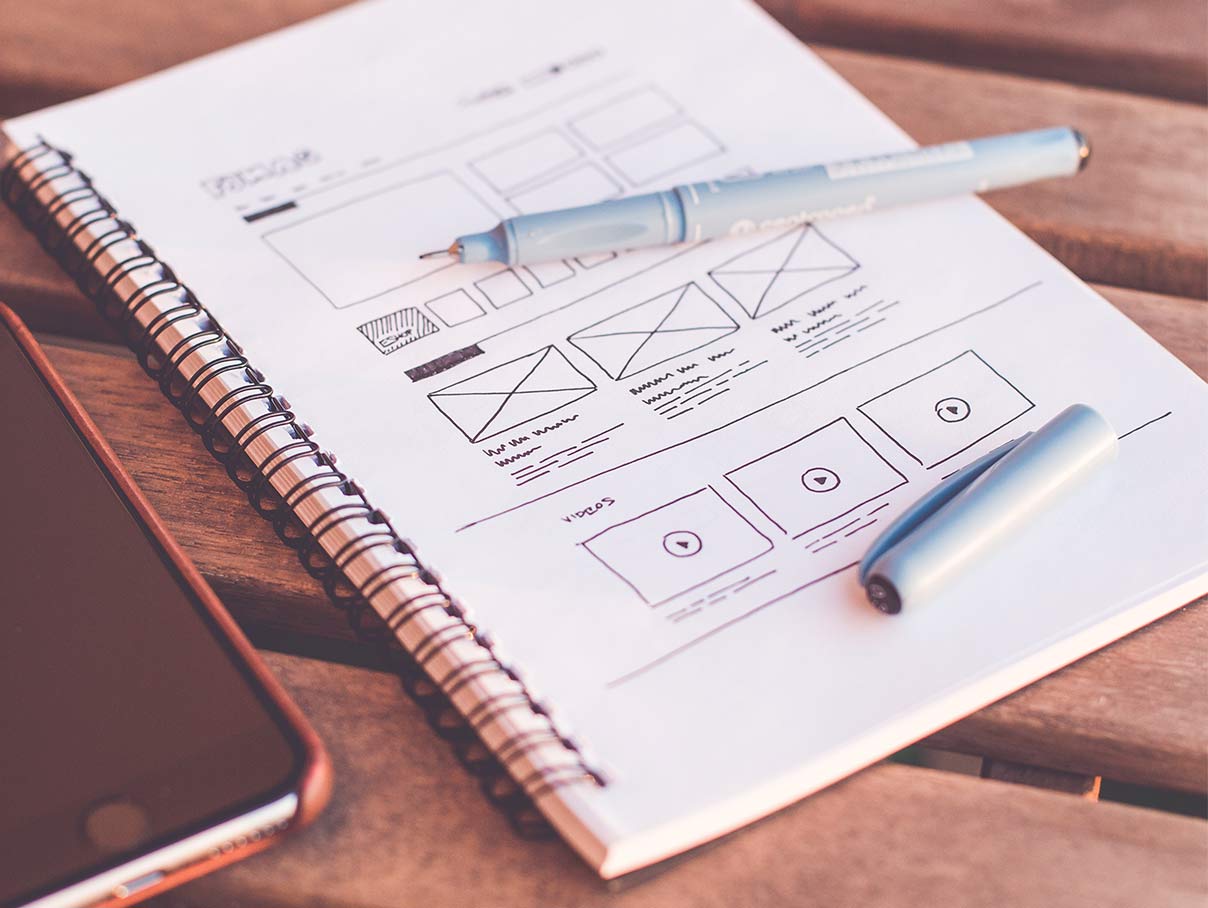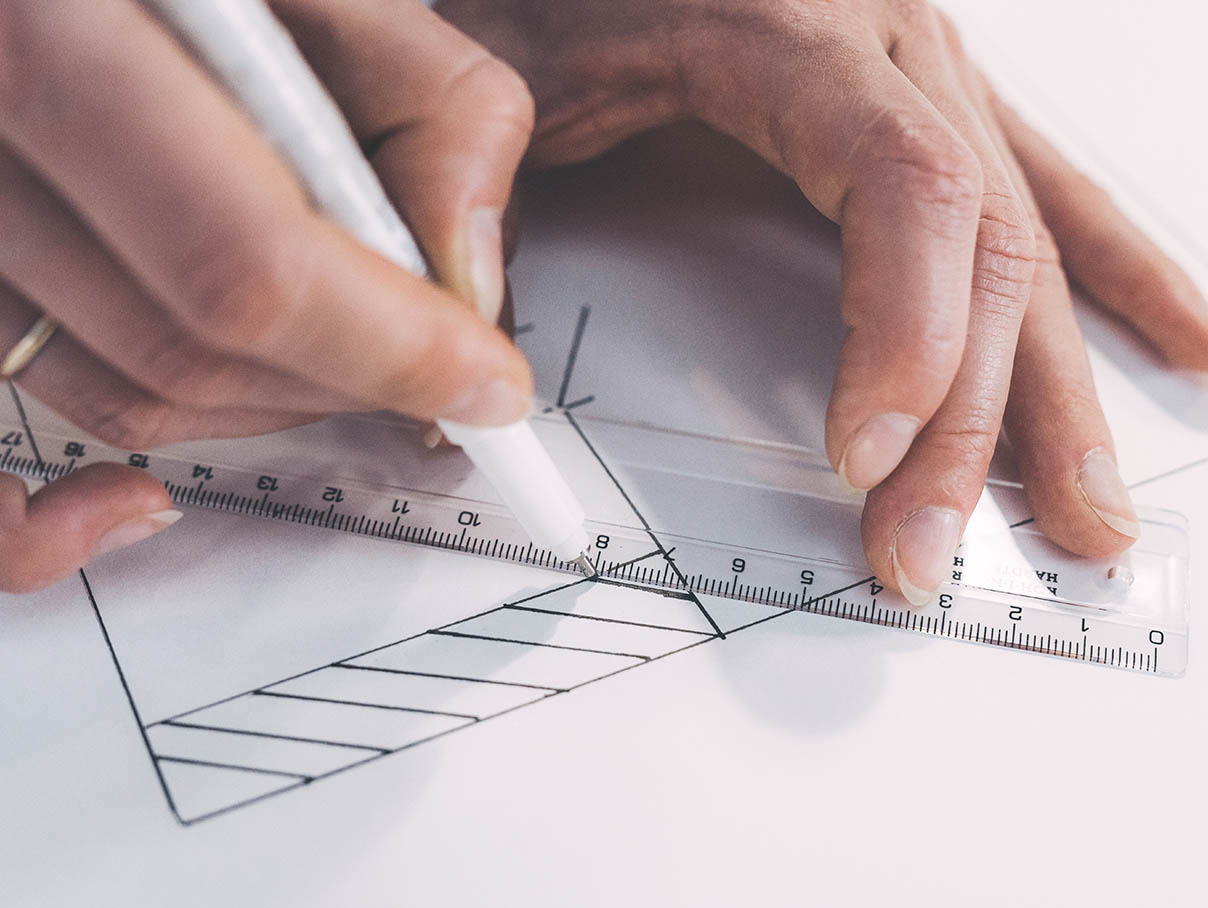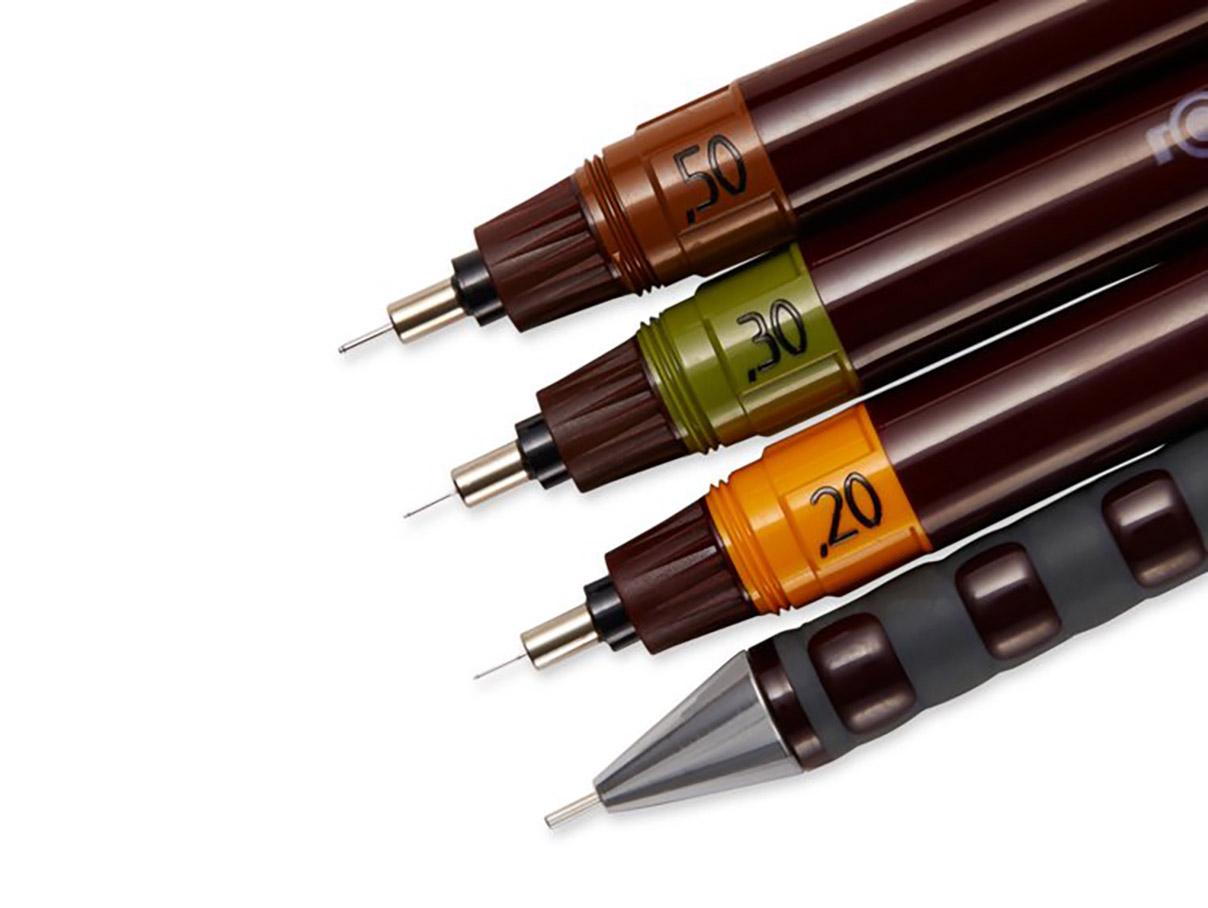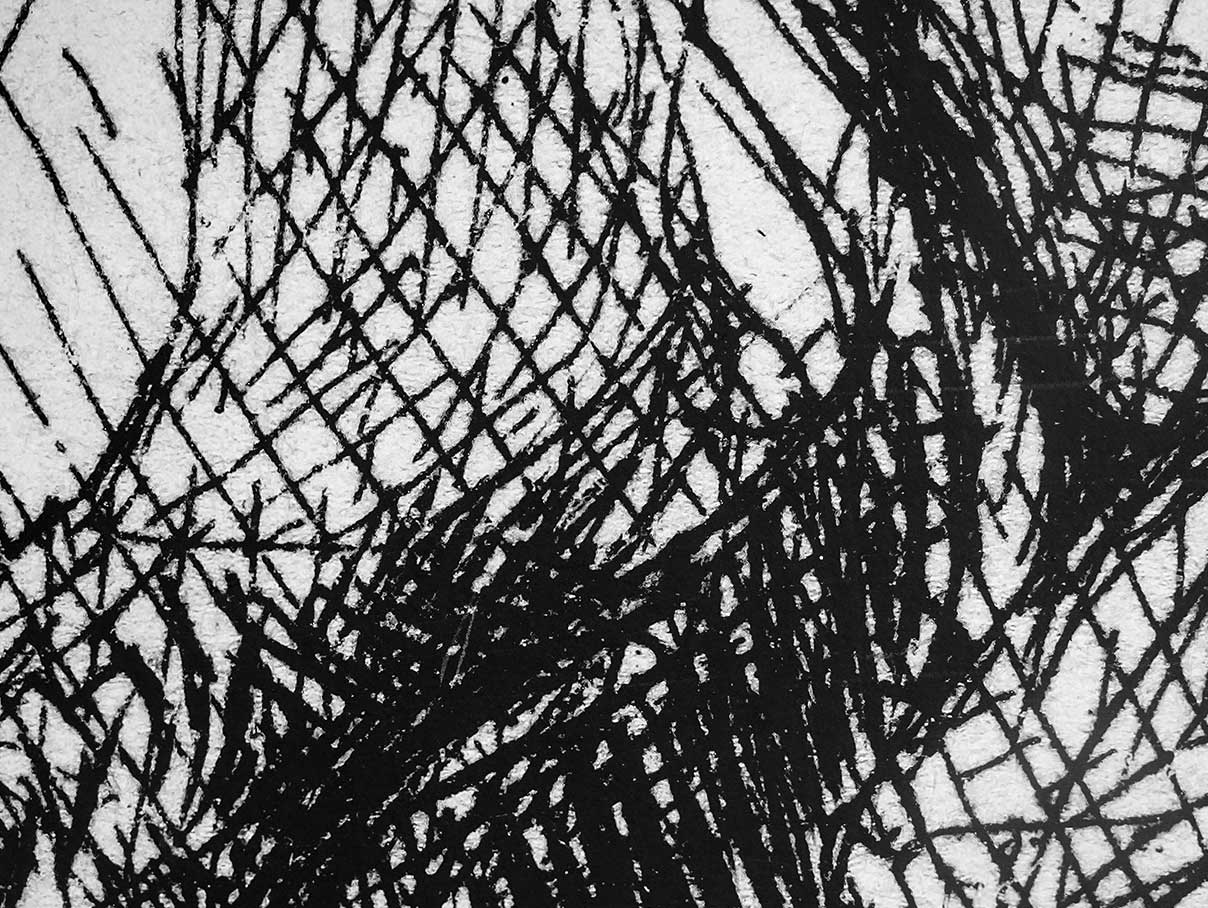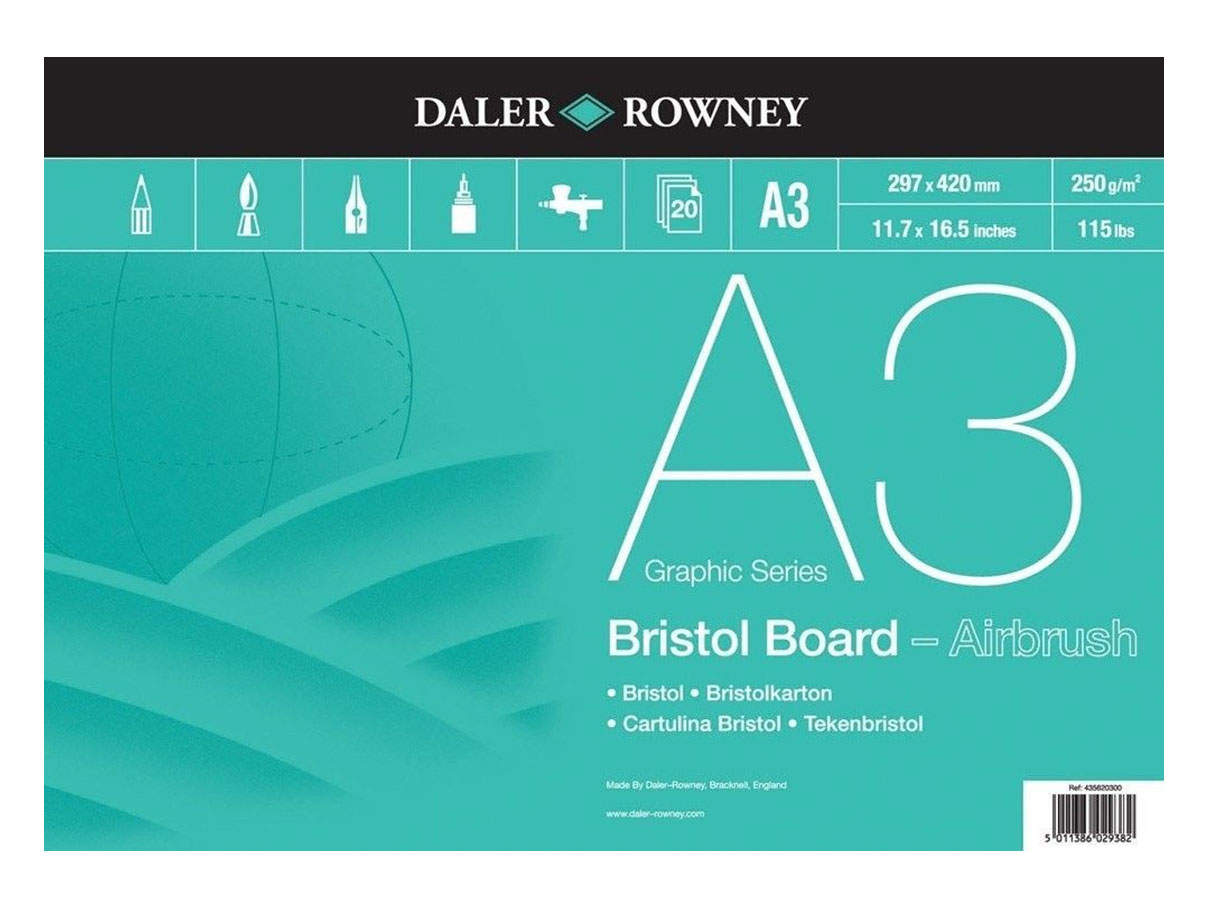How to Use a Technical Pen
14th April 2023
2023-04-14
How to Use a Technical Pen
Broad Canvas
https://www.broad-canvas.com/img/broadcanvas_logo.svg
So just what is a 'technical' pen? Well originally, technical pens were used for drawing precise and scientific diagrams and designs that these days are mostly produced using CAD (Computer Aided Design). As the pens are versatile and very well made, artists, designers and modelmakers have adopted the pens to create art an design in unique ways.
A technical pen has many more features than a standard pen or its cousin; the disposable fine liner. Here we break down what makes technical pens different for your creations.
If you need any other information, our dedicated team will be more than happy to help you out, just get in touch.
You might have heard of something called ISO standards, which are guidelines put forth by the International Organization of Standards to keep everything to a good standard of quality, safety and efficiency. The line widths of your technical pen will conform to these, and most pen brands come in the following sizes: 0.10, 0.13, 0.18, 0.25, 0.35, 0.50, 0.70, 1.0, 1.4, and 2.0 mm.
With pens that use fibrous nibs such as felt tips for example, the ink dispersion can be variable leading to results that are more wonky than precise. Technical pens retain a good flow of ink to produce clean lines when using a ruler or other line-making tool such as French curves. The edge of the tips on some classic style technical pens are metal, so they can be used against metal rulers without suffering damage.
The ink in technical pens is usually black and has pigment that is permanent and waterproof. You can also refill your pen's ink well and clean the separate parts so that it stays working over many years rather than days or months. Using a bottle of the finest inks will be more cost-effective than replacing cartridges or the pen itself. Apart from the occasional clean, the pens are designed to be hard wearing and will need little day to day maintenance.
Read our guide on how to clean and maintain your technical pen here.
Using techical pens in your art is a surefire way to get crisp and predictable lines, which is especially beneficial for shading and detail work. They are also very good for lettering or font creation, lending crisp edges to serifs and flourishes. By holding your pen at an angle you'd usually draw with, the nib might begin to bend or push away from being straight, possible scratching the surface and making intermittent marks. By keeping a more vertical angle, the pen still works fine and it allows the ink to flow more freely. Don't push too hard though!
You can use techical pens however you wish, be it in sketchbooks or on different materials - whatever works for you, but bear in mind that techical pens are designed to be used a smoother surface. Skecthbooks and art fine art papers are more likely to have small fibers that come away, causing your pen's nib to get clogged up sooner rather than later, so that's something to be aware of. Bristol paper has a smoother surface which lends itself to use with technical pens. We stock a Daler-Rowney Bristol Board Pad here.


